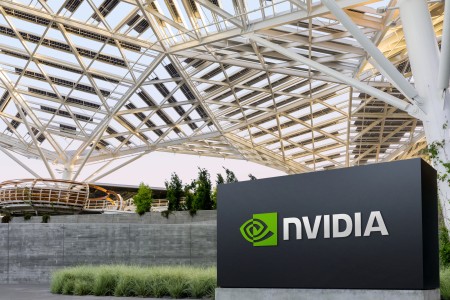By Arsheeya Bajwa
(Reuters) – Nvidia forecast third-quarter gross margin on Wednesday that could miss market estimates and revenue that was largely in line, failing to impress investors who have driven a dizzying rally in its shares as they bet billions on the future of AI.
Shares of the Santa Clara, California-based company were down 3% in extended trading, trimming earlier losses. Nvidia’s stock, which closed the regular session down 2%, have risen more than 150% so far this year.
Nvidia expects adjusted gross margin of 75%, plus or minus 50 basis points, in the third quarter. Analysts on average forecast gross margin to be 75.5%, according to LSEG data. It reported a 75.7% gross margin in the second quarter versus an average estimate of 75.8%.
Investors had lofty expectations from the chipmaker, following a more than seven-fold surge in Nvidia’s shares over the last two years – making it one of the biggest beneficiaries of a rally in AI-linked shares.
The company’s capacity to surpass estimates faces increasingly greater challenges as each success prompts Wall Street to raise their targets even higher.
The company forecast revenue of $32.5 billion, plus or minus 2%, for the third quarter, compared with analysts’ average estimate of $31.77 billion, according to LSEG data.
Second-quarter revenue was $30.04 billion, beating estimates of $28.70 billion.
Sales in Nvidia’s data center segment grew 154% to $26.3 billion in the second quarter ended July 28, above estimates of $25.15 billion. From the first quarter, it increased 16%.
“Based on the stock reaction, only a $2bn beat was not enough for investors with high expectations,” said Kevin Garrigan, an analyst at WestPark Capital.
The company said it expects several billion dollars in revenue from its latest Blackwell chips in the fourth quarter, addressing wide-spread concerns of reported production delays hampering growth.
“Blackwell samples are shipping to our partners and customers,” CEO Jensen Huang said in a statement.
(Reporting by Arsheeya Bajwa in Bengaluru; Writing by Sayantani Ghosh; Editing by Arun Koyyur, Peter Henderson and Matthew Lewis)











